Product Detail
Product NameEDG1 Rabbit mAb
Clone No.JM10-66
Host SpeciesRecombinant Rabbit
Clonality Monoclonal
PurificationProA affinity purified
ApplicationsWB, ICC/IF, IHC, FC
Species ReactivityHu, Ms, Rt
Immunogen Descrecombinant protein
ConjugateUnconjugated
Other NamesCD363 antibody
CHEDG 1 antibody
CHEDG1 antibody
D1S3362 antibody
ECGF 1 antibody
ECGF1 antibody
EDG 1 antibody
EDG1 antibody
endothelial differentiation G protein coupled receptor 1 antibody
Endothelial differentiation G-protein coupled receptor 1 antibody
Endothelial differentiation sphingolipid G protein coupled receptor 1 antibody
FLJ58121 antibody
G protein coupled sphingolipid receptor antibody
g protein-coupled receptor edg-1 antibody
S1P receptor 1 antibody
S1P receptor Edg 1 antibody
S1P receptor Edg-1 antibody
S1P receptor Edg1 antibody
S1P(1) receptor antibody
S1P1 antibody
s1pr1 antibody
S1PR1_HUMAN antibody
sphingolipid g-protein-coupled receptor 1 antibody
Sphingosine 1 phosphate receptor Edg 1 antibody
Sphingosine 1 phosphate receptor EDG1 antibody
sphingosine 1- phosphate receptor 1 antibody
Sphingosine 1-phosphate receptor 1 antibody
Sphingosine 1-phosphate receptor Edg-1 antibody
Sphingosine 1phosphate receptor type 1 S1P1 antibody
Accession NoSwiss-Prot#:P21453
Uniprot
P21453
Gene ID
1901;
Calculated MW43 kDa
Formulation1*TBS (pH7.4), 1%BSA, 40%Glycerol. Preservative: 0.05% Sodium Azide.
StorageStore at -20˚C
Application Details
WB: 1:1,000-5,000
IHC: 1:50-1:200
ICC: 1:100-1:500
FC: 1:50-1:100
Western blot analysis of EDG1 on SH-SY5Y cells lysates using anti-EDG1 antibody at 1/1,000 dilution.
Immunohistochemical analysis of paraffin-embedded human breast carcinoma tissue using anti-EDG1 antibody. Counter stained with hematoxylin.
Immunohistochemical analysis of paraffin-embedded human liver tissue using anti-EDG1 antibody. Counter stained with hematoxylin.
Immunohistochemical analysis of paraffin-embedded human kidney tissue using anti-EDG1 antibody. Counter stained with hematoxylin.
Immunohistochemical analysis of paraffin-embedded mouse brain tissue using anti-EDG1 antibody. Counter stained with hematoxylin.
Immunohistochemical analysis of paraffin-embedded mouse herat tissue using anti-EDG1 antibody. Counter stained with hematoxylin.
ICC staining EDG1 in HepG2 cells (red). The nuclear counter stain is DAPI (blue). Cells were fixed in paraformaldehyde, permeabilised with 0.25% Triton X100/PBS.
ICC staining EDG1 in HUVEC cells (red). The nuclear counter stain is DAPI (blue). Cells were fixed in paraformaldehyde, permeabilised with 0.25% Triton X100/PBS.
ICC staining EDG1 in SH-SY5Y cells (red). The nuclear counter stain is DAPI (blue). Cells were fixed in paraformaldehyde, permeabilised with 0.25% Triton X100/PBS.
Flow cytometric analysis of Jurkat cells with EDG1 antibody at 1/50 dilution (red) compared with an unlabelled control (cells without incubation with primary antibody; black). Alexa Fluor 488-conjugated goat anti rabbit IgG was used as the secondary antibody.
All lanes : EDG1 Rabbit mAb at 1/1000 dilution
Lane 1 :HUVEC whole cell lysates
Lane 2 :JK whole cell lysates
Lane 3 :HT29 whole cell lysates
Lane 4 :Rat brain lysates
Lysates at 20 µg per lane.
Secondary
All lanes : Goat Anti-Rabbit IgG H&L (HRP) at 1/10000 dilution
Predicted band size: 43 kDa
Observed band size: 43-50 kDa
Exposure time: 5 seconds
The EDG (endothelial differentiation gene) family of G protein coupled receptors consists of eight family members that bind lysophospholipid (LPL) mediators, including sphingosine-1-phosphate (SPP) and lysophosphatidic acid (LPA). EDG-1, EDG-3, EDG-5 (also designated H218 and AGR16) and EDG-8 bind SPP with high affinity. EDG-6 is a low affinity receptor for SPP. LPA preferentially binds to EDG-2, EDG-4 and EDG-7. The EDG receptors couple to multiple G proteins to signal through Ras, MAP kinase, Rho, Phospholipase C or other tyrosine kinases, which lead to cell survival, growth, migration and differentiation. EDG-1 signals through Gi proteins to activate Akt and is expressed in glioma cells. EDG-2 is expressed in brain, especially in white matter tract regions, while EDG-3 is expressed in cardiovascular tissue and in cerebellum. EDG-4 is highly expressed on leukocytes and brain, and EDG-5 has wide tissue distribution, including cardiovascular tissue and brain. EDG-6, which is expressed in lymphoid and hematopoietic tissues and in lung, signals through G(i/o) proteins, which activate growth related pathways
If you have published an article using product 49440, please notify us so that we can cite your literature.



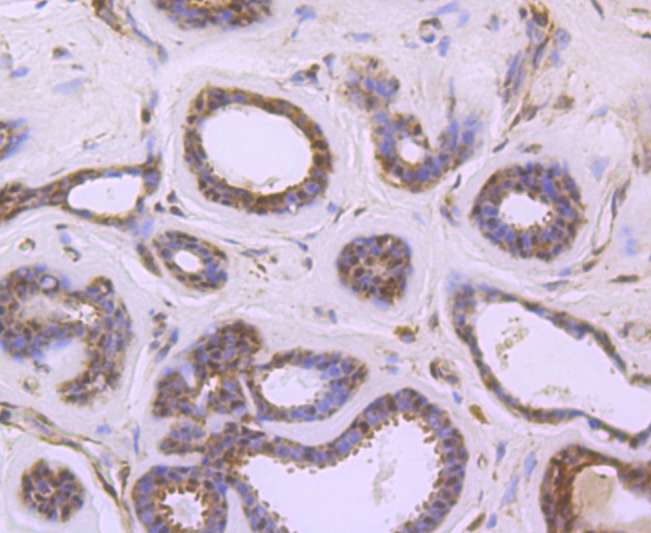



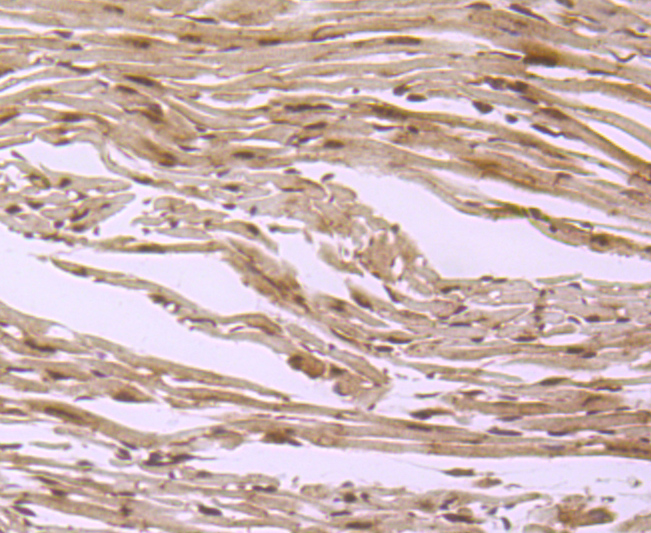
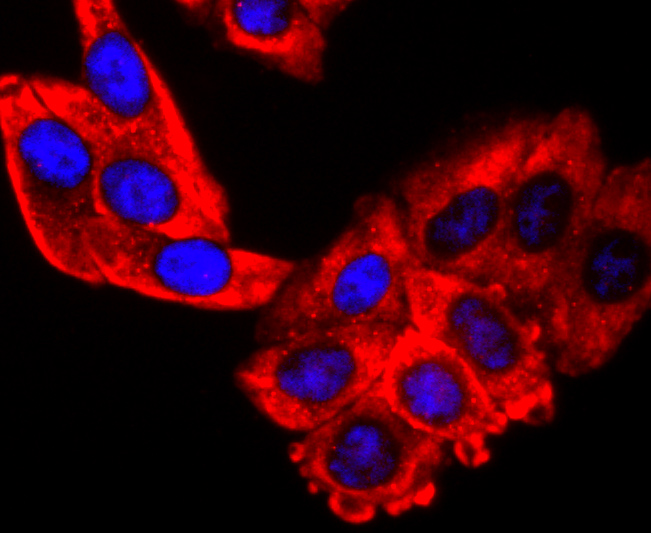
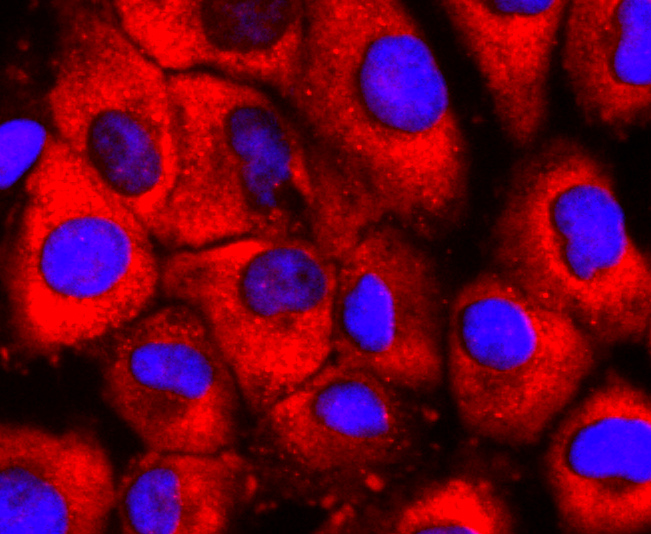
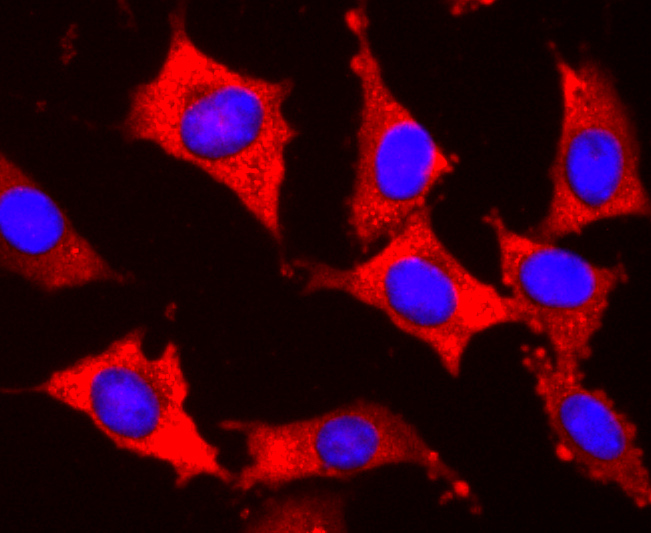
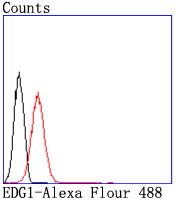
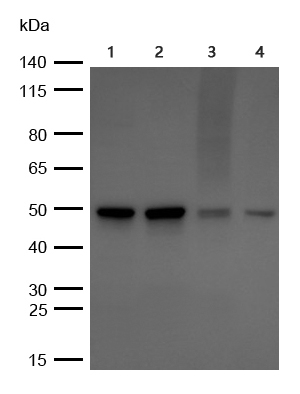
 Yes
Yes



